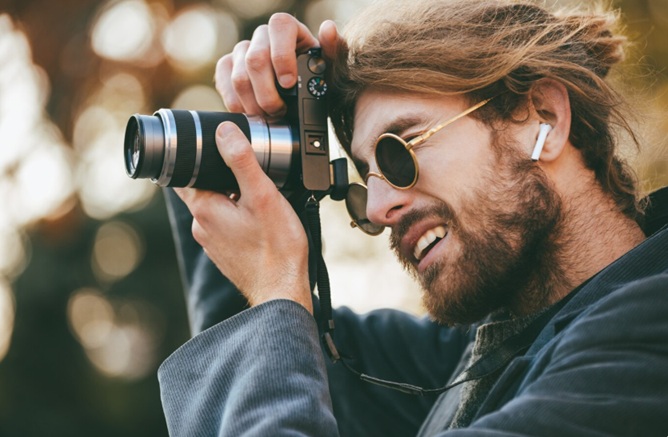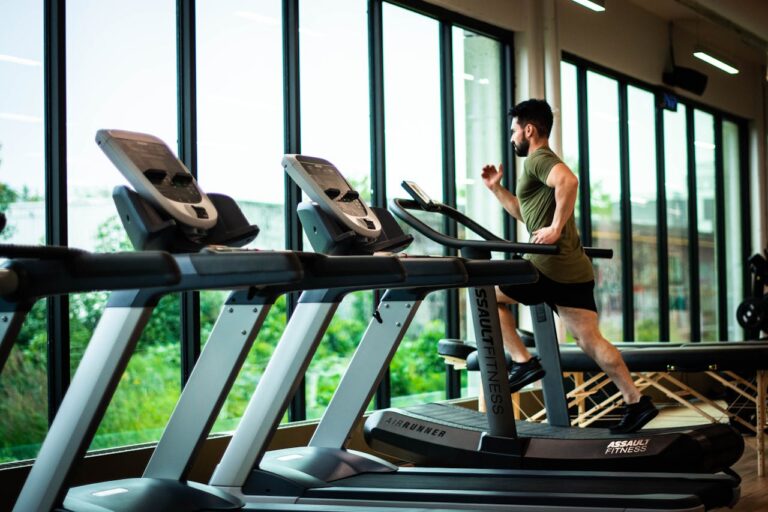
Source: Freepik.com
Owning a camera isn’t enough to become a professional photographer. Achieving this pursuit relies on mastering your craft, developing a creative eye, and building a brand that people will love and trust.
No matter what you’re interested in—be it portrait, fashion, wildlife, or wedding photography—the path to professionalism requires dedication, consistency, and a reliance on new techniques and tools.
In this detailed blog post, we’ll discuss four essential tips to help you transition from amateur to pro in photography. So, continue to read on!
1. Master the Basics of Photography
Before investing in high-end gear or implementing advanced techniques, you must have a solid grasp of photography fundamentals. Take the time to learn how to use your camera in manual mode and understand the connection between:
- shutter speed
- aperture, and
- ISO.
Additionally, focus on getting comfortable with lighting, composition, and photography techniques. Seek valuable photography tips and advice through various resources, some of which are as follows;
- reading books,
- enrolling in a comprehensive photography course,
- watching tutorials, and
- practising regularly.
Therefore, you will internalise these key concepts. The more control you have over your tools, the more creative freedom you’ll gain.
2. Develop a Unique Style
In a saturated industry, your style is what sets you apart from others. It must depend on various factors, like:
- the way you frame your shots,
- the editing preferences you have,
- the subjects you choose, or
- the mood you create in your
Remember, the best approach is to study the work of photographers. But don’t copy them. Instead, let their work inspire you to experiment and find your own voice.
With time and practice, your portfolio will best reflect a consistent and recognisable aesthetic that clients can trust and rely on.
3. Invest in the Right Equipment (When You’re Ready)
It’s tempting to buy the latest camera or lens. However, gear doesn’t make the photographer—you do. Initiate with what you have. Upgrade only when you’ve outgrown your current setup. At the time of investing, be sure to explore versatile and durable equipment, which must include:
- a reliable DSLR or mirrorless camera,
- a good prime lens, and
- quality lighting gear.
Along with consistent practice, top-quality gear can take you a long way. Additionally, remember to invest in editing tools like Adobe Lightroom and Photoshop to enhance the quality and creative aspects of your images.
Also Read: How to Prepare for an Industrial Corporate Headshot Session?
4. Build an Impressive Portfolio
In the pursuit of becoming an expert photographer, having a well-curated portfolio is essential. It serves as your calling card. While building a portfolio that will shine, showcase your best work. Don’t forget to highlight your style and represent the kind of photography you want to get hired for.
Be sure that it’s well-organised, easy to navigate, and includes a variety of shots that demonstrate your technical and creative skills and range.
It’s strongly advisable to create a professional website and keep it updated with your latest projects. Once you establish a strong online presence, your chances of attracting more clients and expanding your network will increase significantly.








